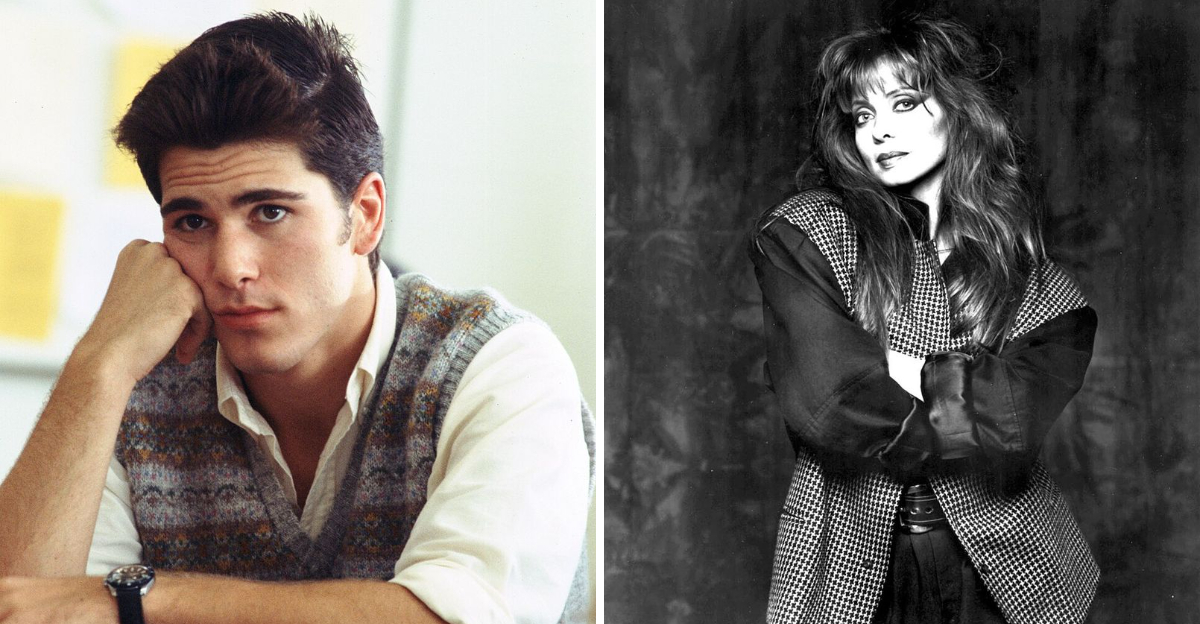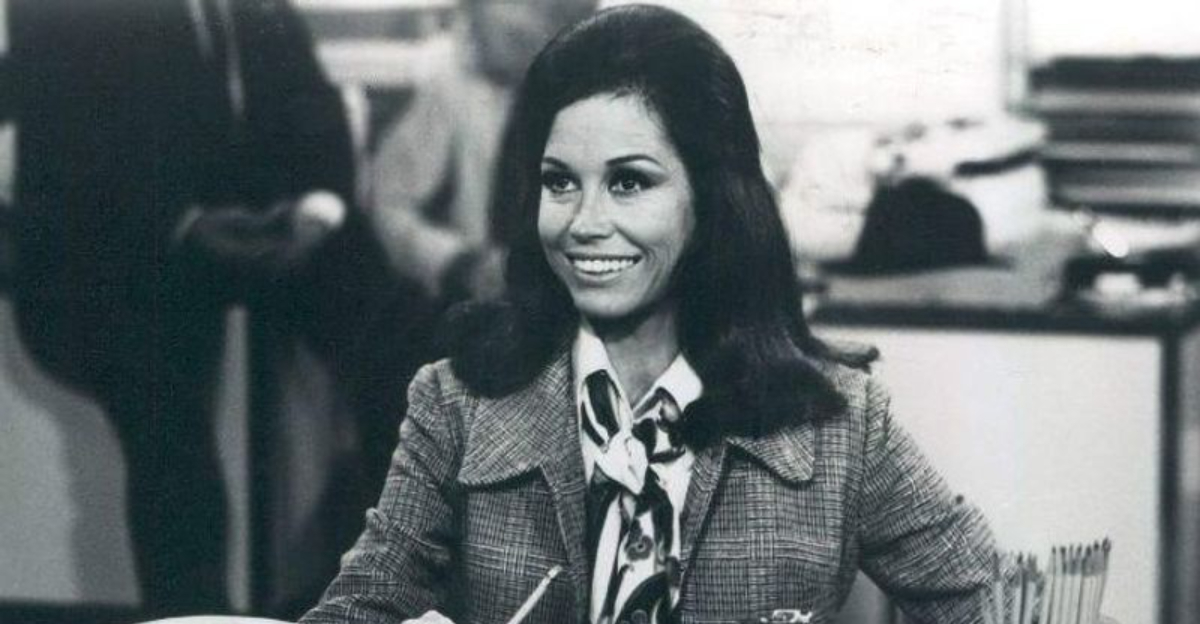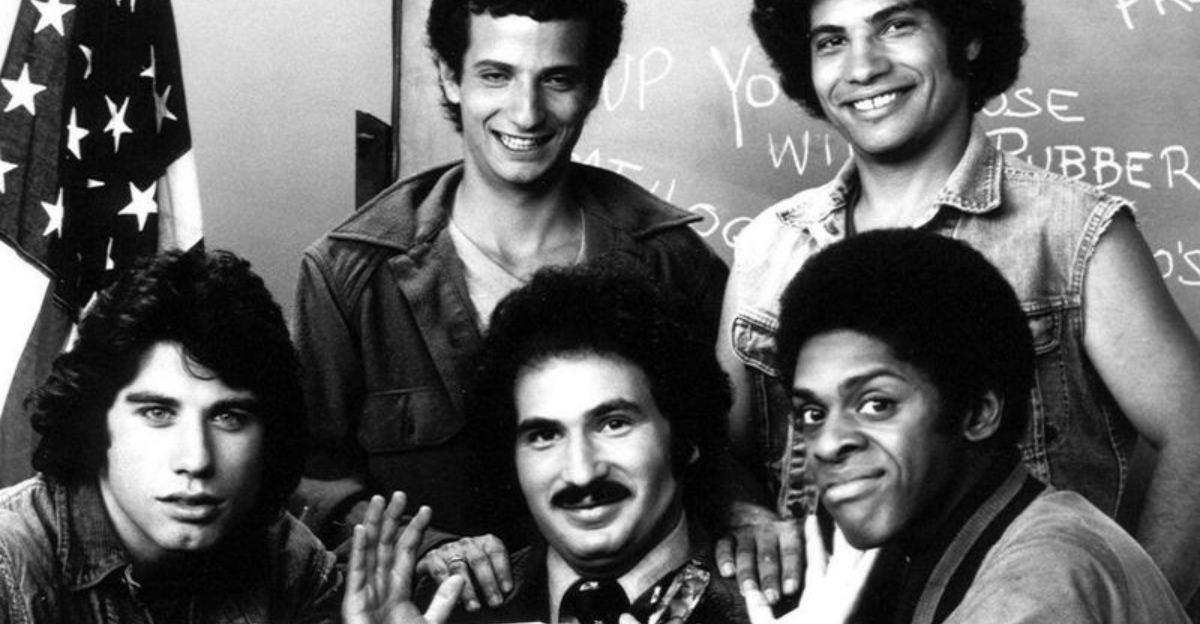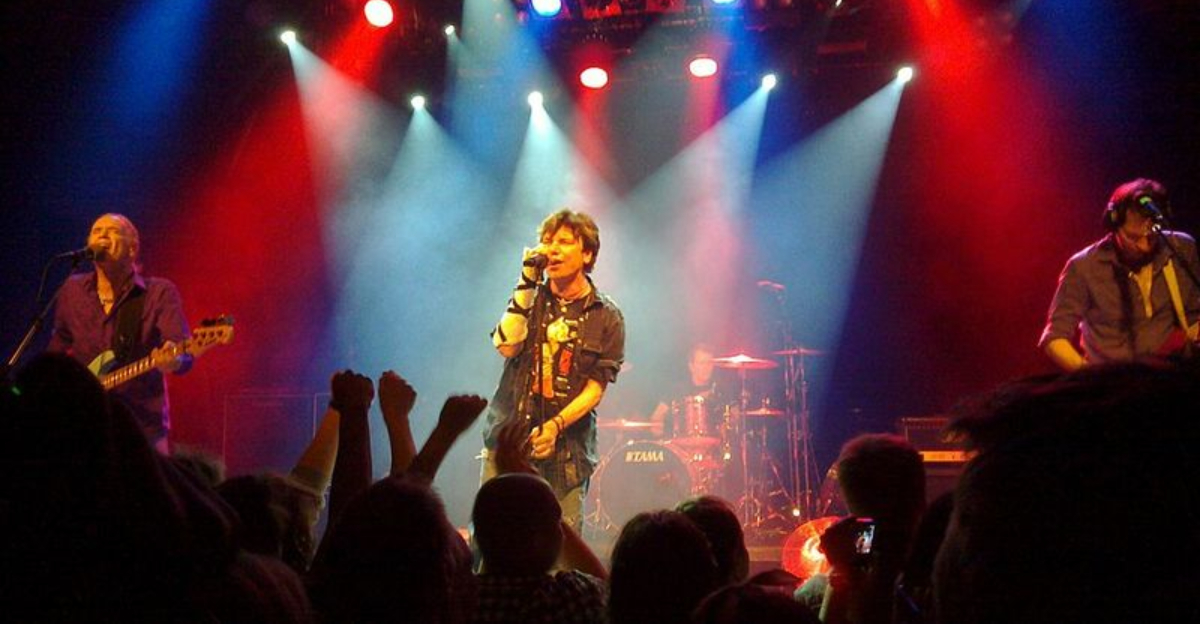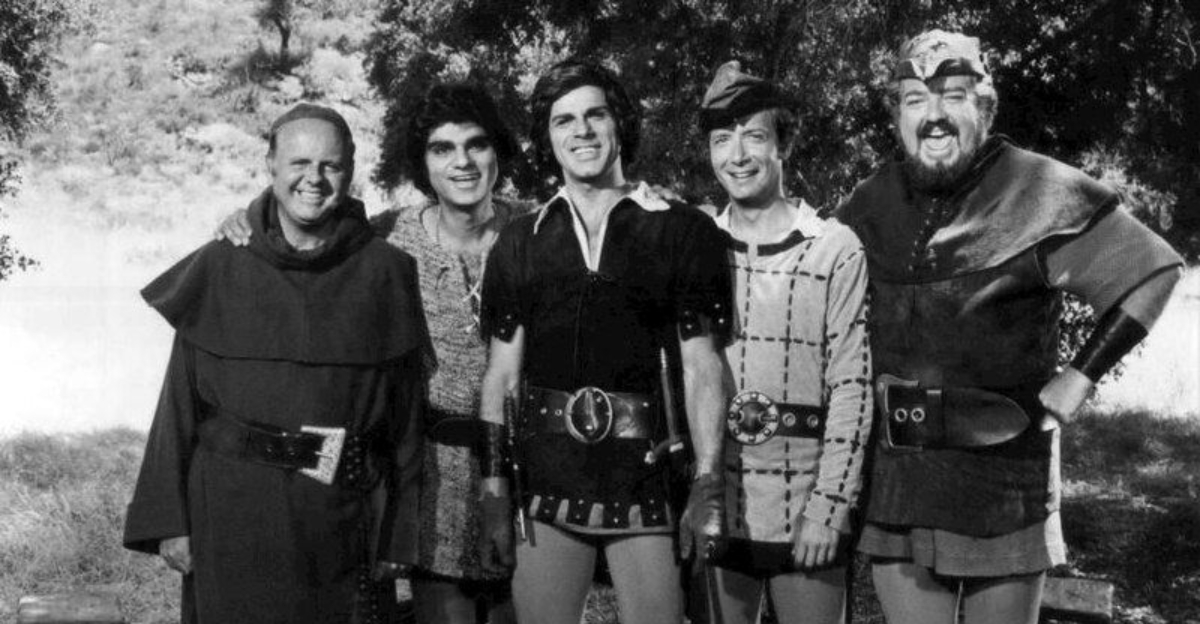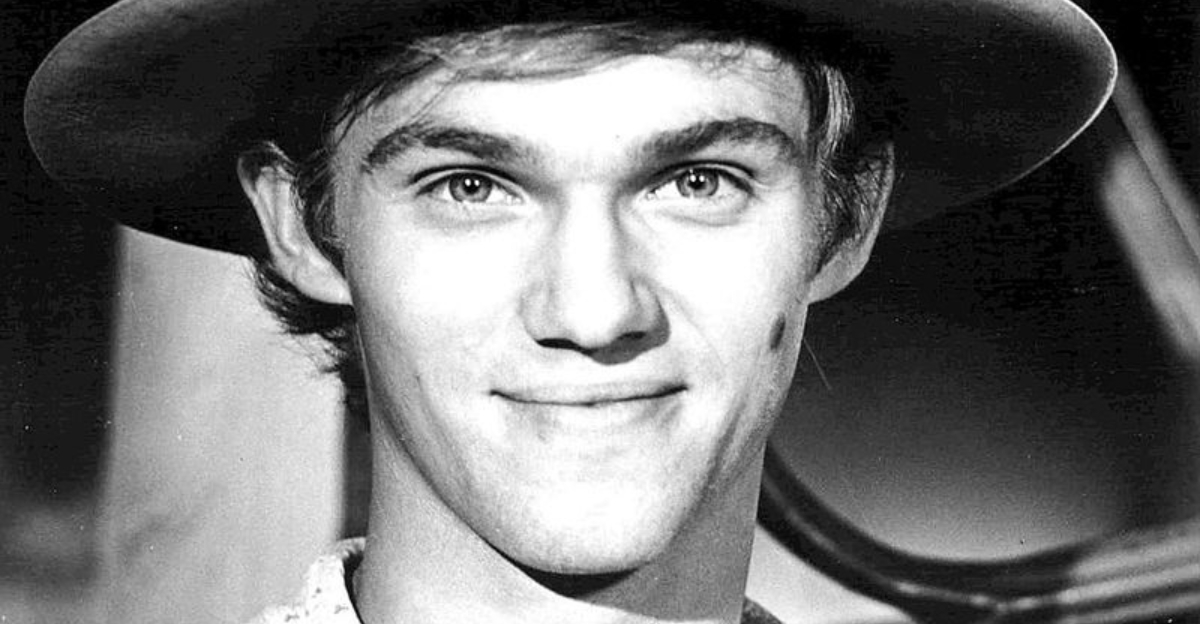14 Essential Movies From The 1960s Every Film Buff Needs To Watch
The 1960s changed cinema forever, bringing bold storytelling, groundbreaking visuals, and unforgettable characters to the silver screen.
From sweeping epics to mind-bending thrillers, this decade gave us films that still inspire directors today. Whether you love westerns, musicals, or psychological mysteries, these twenty movies prove why the sixties remain a golden era for movie lovers everywhere.
Of course, this is a subjective list – every cinephile has their own personal favorites from this unforgettable decade.
1. Psycho (1960)
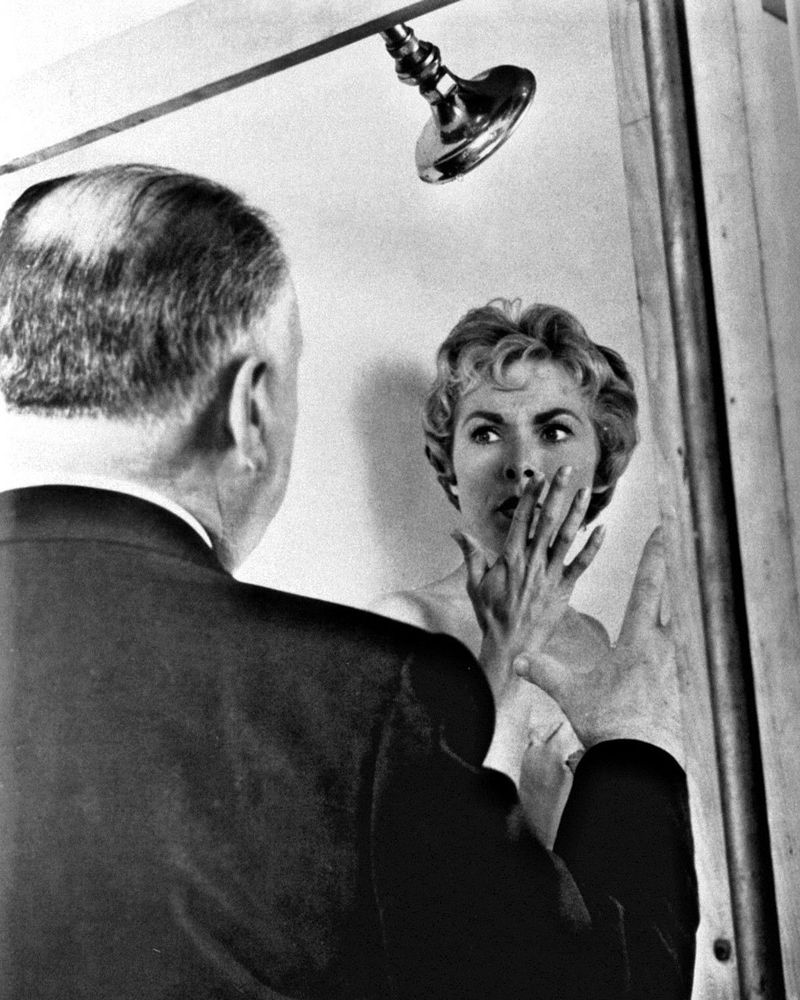
Alfred Hitchcock shocked audiences with this black-and-white masterpiece that changed horror movies forever. The shower scene became legendary, making viewers afraid of their own bathrooms.
Norman Bates, played brilliantly by Anthony Perkins, created one of cinema’s most chilling villains. The twist ending still surprises first-time watchers today, proving great suspense never gets old.
2. 8½ (1963)
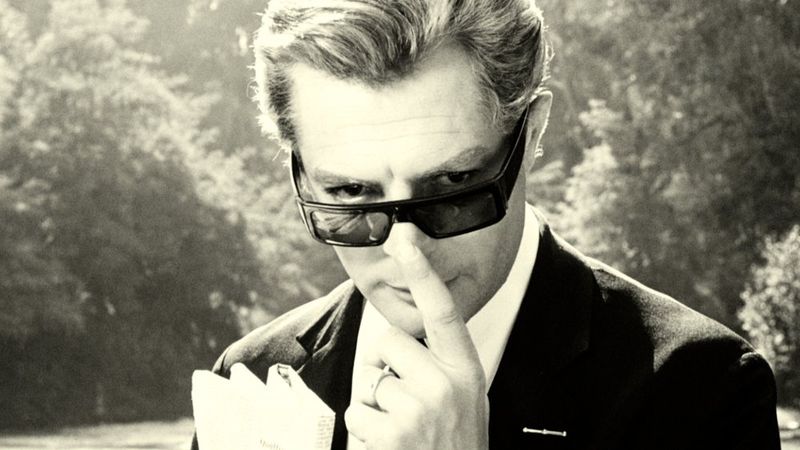
Federico Fellini crafted this dreamlike journey into a filmmaker’s creative crisis, blending reality with wild imagination. Marcello Mastroianni plays a director struggling to make his next movie while memories and fantasies collide.
The title refers to how many films Fellini had directed at that point. Its surreal style influenced countless directors, from Woody Allen to Terry Gilliam, making it essential viewing.
3. 2001: A Space Odyssey (1968)
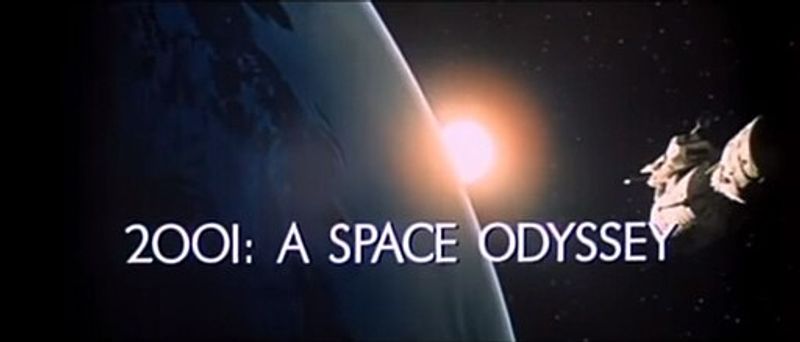
Kubrick’s sci-fi masterpiece blasts into deep space with awe and unease, asking what it means to be human while flaunting visuals that still look light-years ahead. HAL 9000’s calm, eerie voice chills more than any monster, proving fear doesn’t need a face. Enigmatic black monolith hums with mystery, while a trippy finale leaves minds spinning long after credits fade.
Few films reach such cosmic heights or carry that ozone tang of cold metal, recycled air, and pure wonder – space vibes so good, they’re astro-nomical.
4. Lawrence Of Arabia (1962)
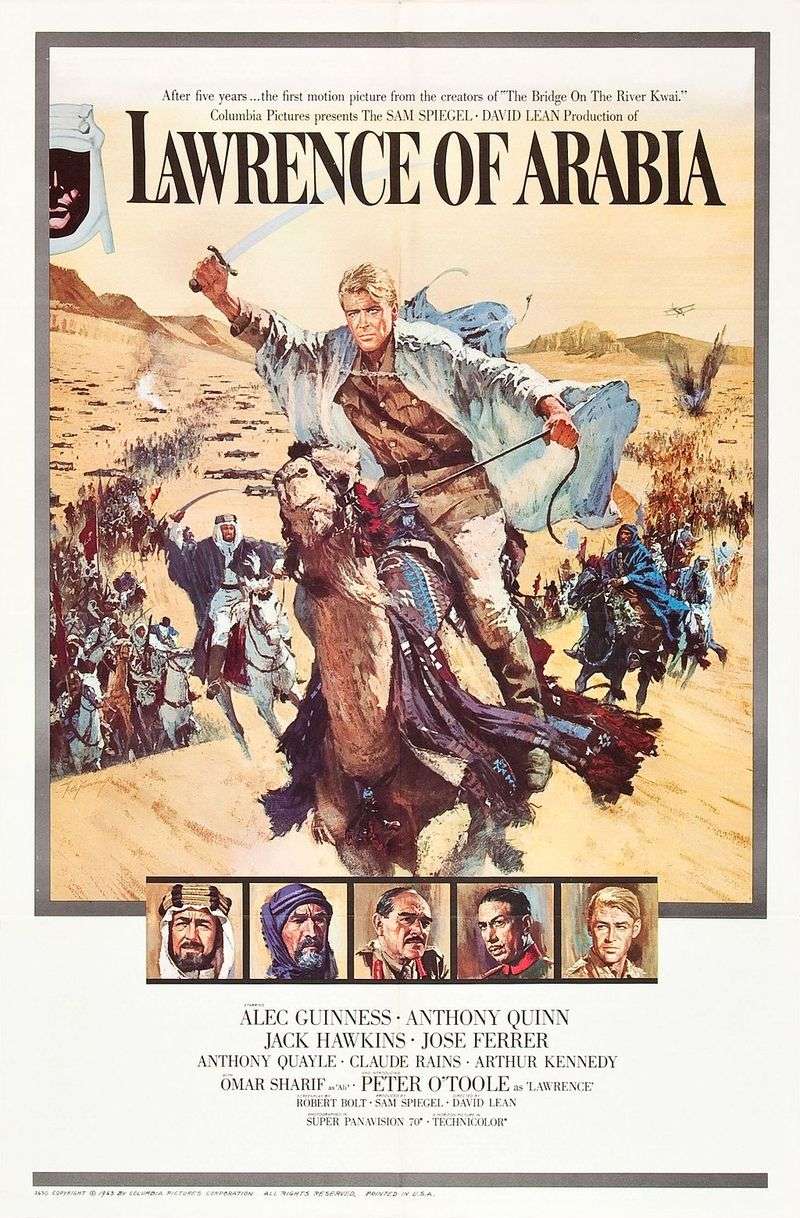
O’Toole’s mesmerizing performance as T.E. Lawrence burns bright across endless dunes, uniting tribes beneath a scorching sky.
Every grain of sand glitters like gold, every gust carries the scent of sweat and destiny. Lean’s sweeping vision captures adventure at its purest, turning desert heat into poetry and war into a haunting, sunlit dream.
5. The Good, The Bad And The Ugly (1966)
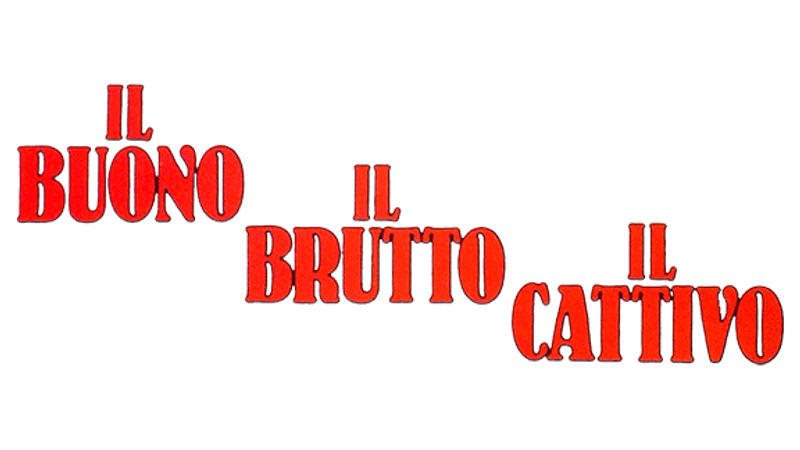
Clint Eastwood squints his way through Sergio Leone’s ultimate spaghetti western, hunting buried gold during the Civil War. Ennio Morricone’s unforgettable score makes every showdown feel ten times more intense.
The three-way gunfight finale remains the coolest scene in western history. Leone’s extreme close-ups and sweaty faces redefined the entire genre, influencing westerns and action films for decades.
6. The Graduate (1967)

Dustin Hoffman plays Benjamin, a confused college grad seduced by Mrs. Robinson before falling for her daughter. Awkward, funny, and surprisingly dark, it captured how young people felt trapped by their parents’ expectations.
Simon and Garfunkel’s soundtrack became just as famous as the film itself. That final bus scene, with its ambiguous expressions, perfectly captures uncertainty about the future.
7. Dr. Strangelove (1964)
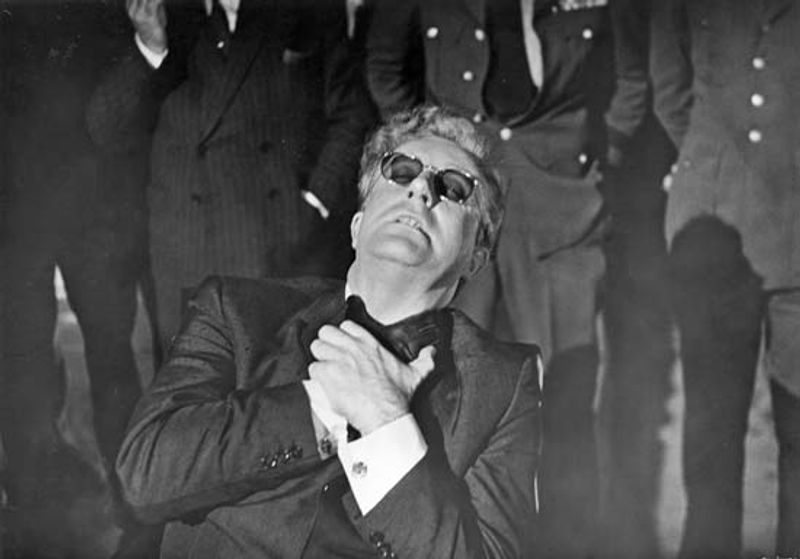
Stanley Kubrick turned nuclear war into the darkest comedy ever made, with Peter Sellers playing three different roles. The war room scenes feel absurd yet terrifyingly realistic as military leaders bumble toward apocalypse.
“Gentlemen, you can’t fight in here! This is the War Room!” became one of cinema’s greatest lines. Kubrick proved that laughter could be the best weapon against Cold War fears.
8. The Sound Of Music (1965)
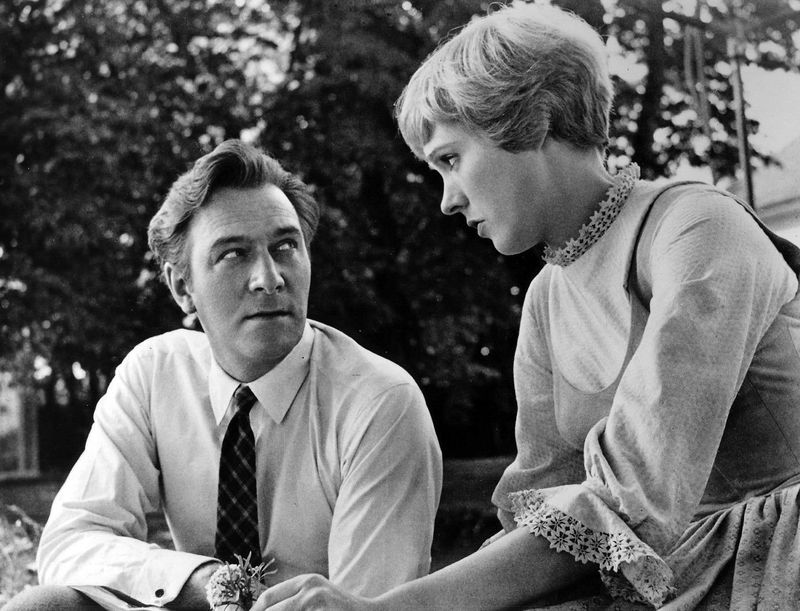
Julie Andrews twirls through Austrian meadows as Maria, pouring sunshine into the von Trapp home.
Each song, from “Do-Re-Mi” to “My Favorite Things,” bubbles with joy, alpine grass, and warm strudel aromas. Some critics called it too sweet, yet audiences made history, proof that music mends hearts and hits the highest note.
9. To K*ll A Mockingbird (1962)
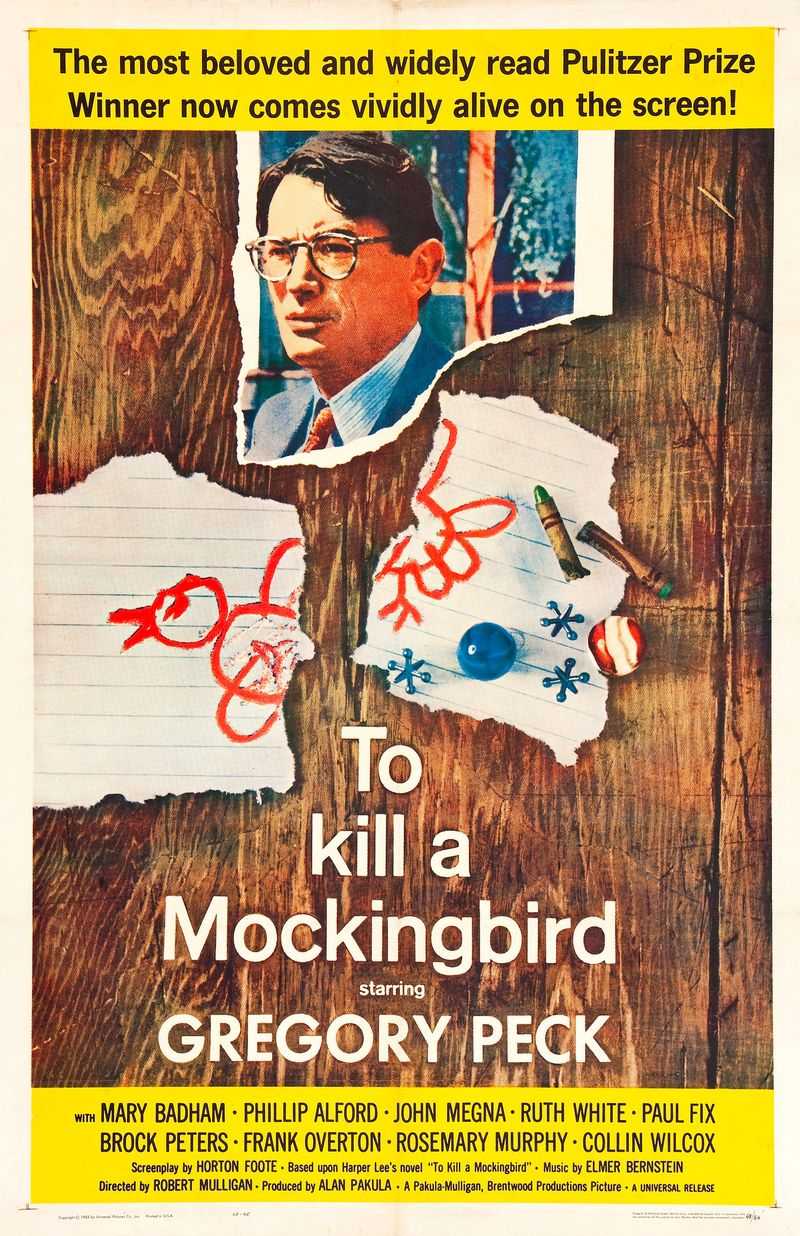
Gregory Peck gave his career-best performance as Atticus Finch, the lawyer defending an innocent Black man in Depression-era Alabama. Seen through young Scout’s eyes, the film tackles racism with honesty and heart.
Harper Lee’s beloved novel translated beautifully to screen, preserving its moral courage. Atticus became a symbol of integrity, showing how one person can stand against injustice.
10. Bonnie And Clyde (1967)
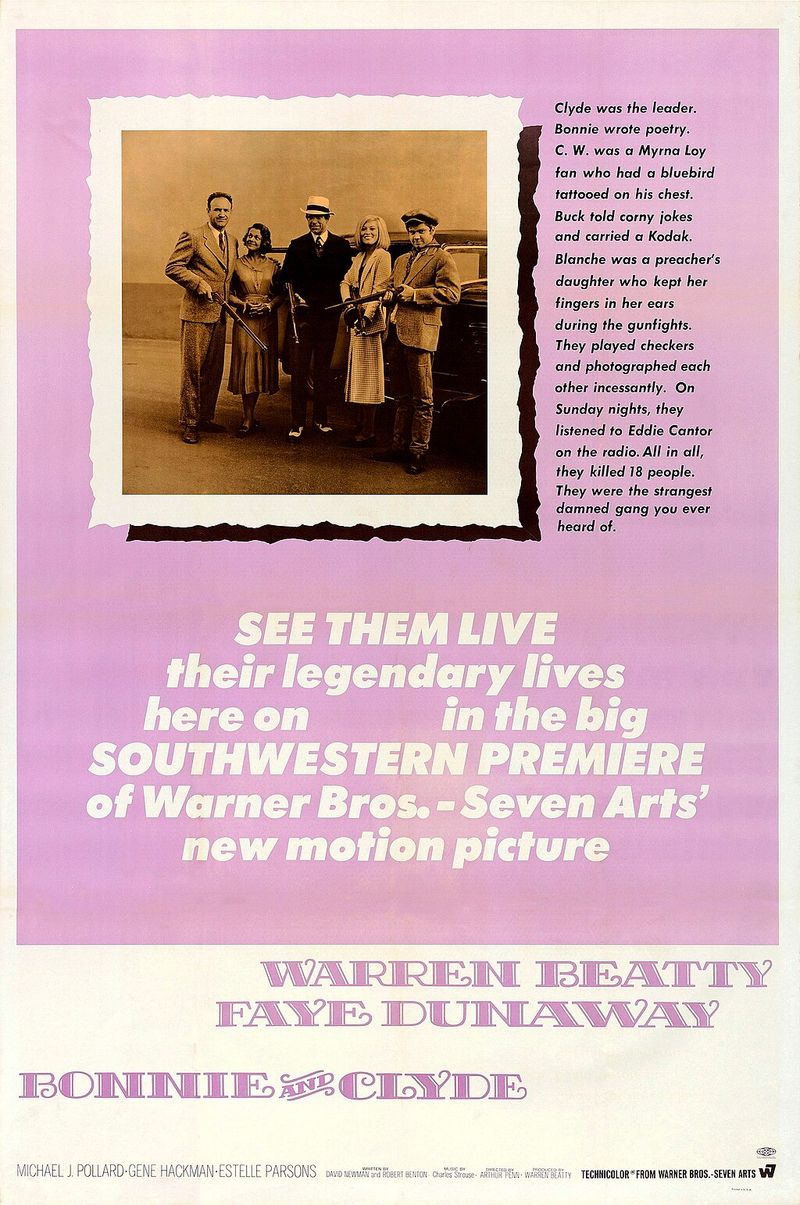
Beatty and Dunaway turned crime into pure style, flashing charm and smoke as Bonnie and Clyde. Gunpowder mixed with laughter, danger smelled like gasoline and gunmetal. Penn’s daring blend of violence and wit jolted moviegoers.
That slow-motion finale changed cinema forever, sparking a new, grittier Hollywood hungry for realism.
11. West Side Story (1961)
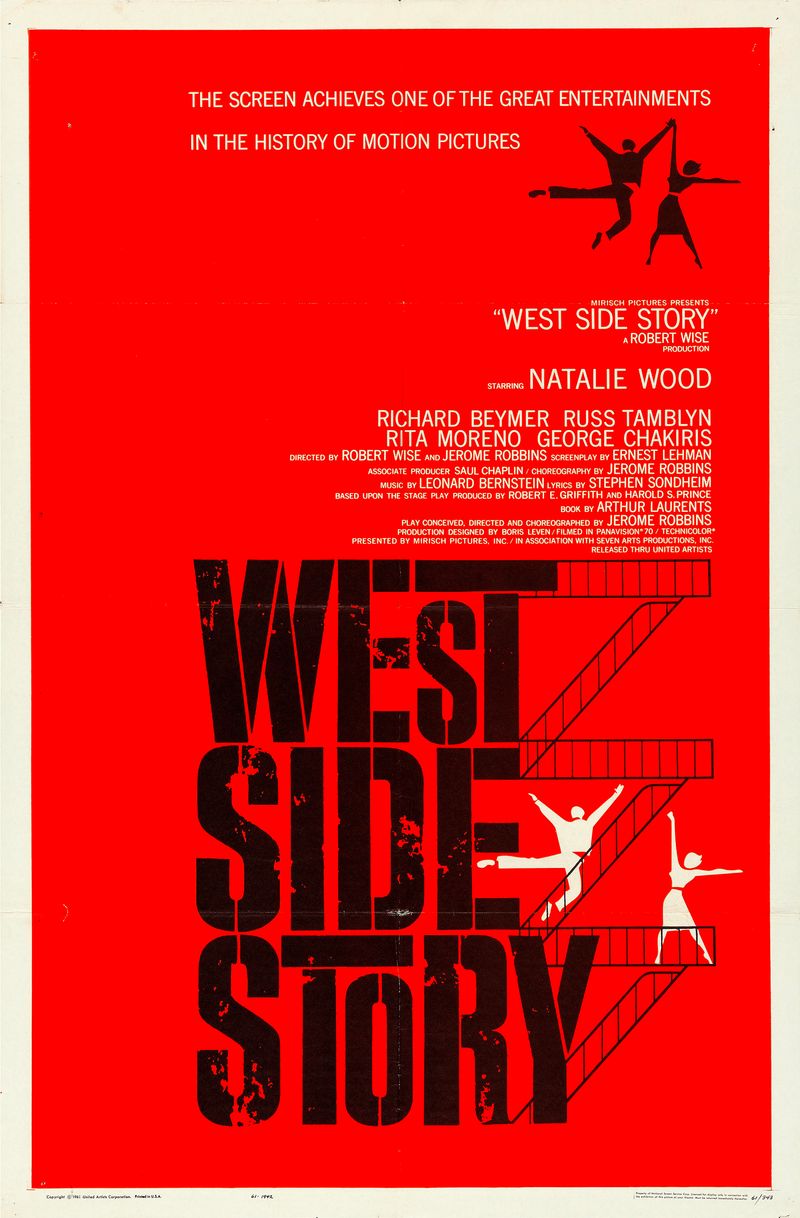
Shakespeare’s Romeo and Juliet got a New York makeover with rival street gangs, the Jets and Sharks, battling over turf. Leonard Bernstein’s score and Jerome Robbins’ choreography created musical magic that still dazzles.
The dance numbers explode with energy, especially “America” and the opening sequence. Though the portrayal of Puerto Ricans sparked controversy, the film’s artistry remains undeniable and influential.
12. The Battle Of Algiers (1966)
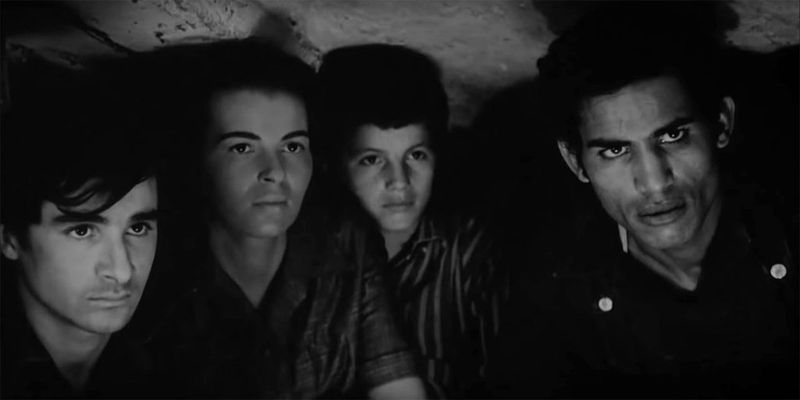
Pontecorvo captured Algeria’s struggle with such raw grit it almost smells of smoke and dust. Real streets, real faces, real fear – all collide in a portrait that feels painfully alive.
No heroes, no villains, just humanity caught in chaos. Decades later, military schools still study its pulse-pounding lessons on rebellion.
13. Breathless (1960)
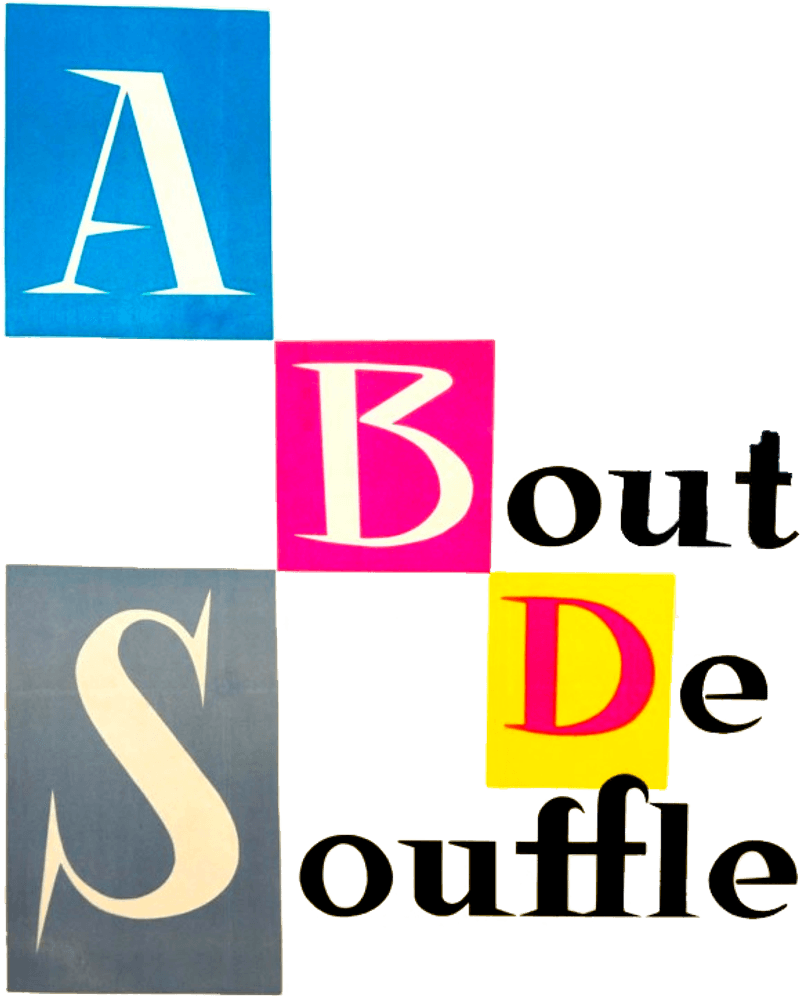
Jean-Luc Godard broke every filmmaking rule with this French New Wave masterpiece about a petty criminal on the run. Jump cuts, handheld cameras, and improvised dialogue made traditional Hollywood techniques look ancient overnight.
Jean-Paul Belmondo and Jean Seberg created effortless cool as doomed lovers in Paris. The film’s rebellious spirit inspired generations of independent filmmakers to experiment fearlessly with form and style.
14. Midnight Cowboy (1969)
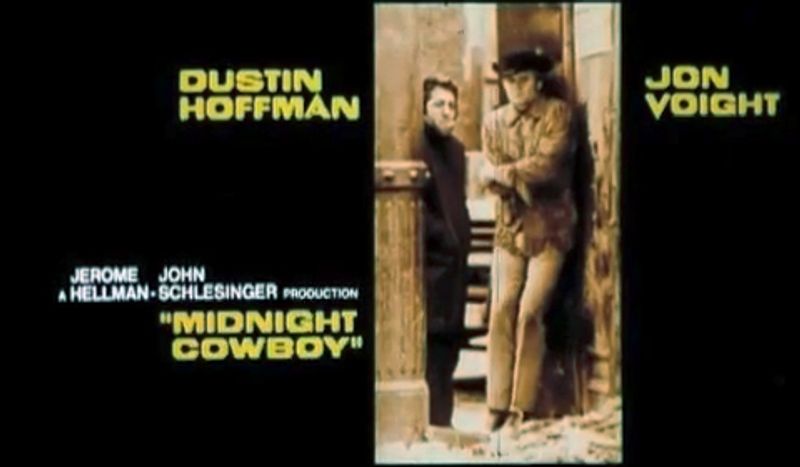
Jon Voight plays a naive Texan who moves to New York hoping to become a male hustler, only to find loneliness and poverty. Dustin Hoffman steals scenes as Ratso Rizzo, a sickly con man who becomes his unlikely friend.
The first X-rated film to win Best Picture, it showed New York’s seedy underbelly with unflinching honesty. Their friendship feels heartbreakingly real amid the city’s cruelty.

